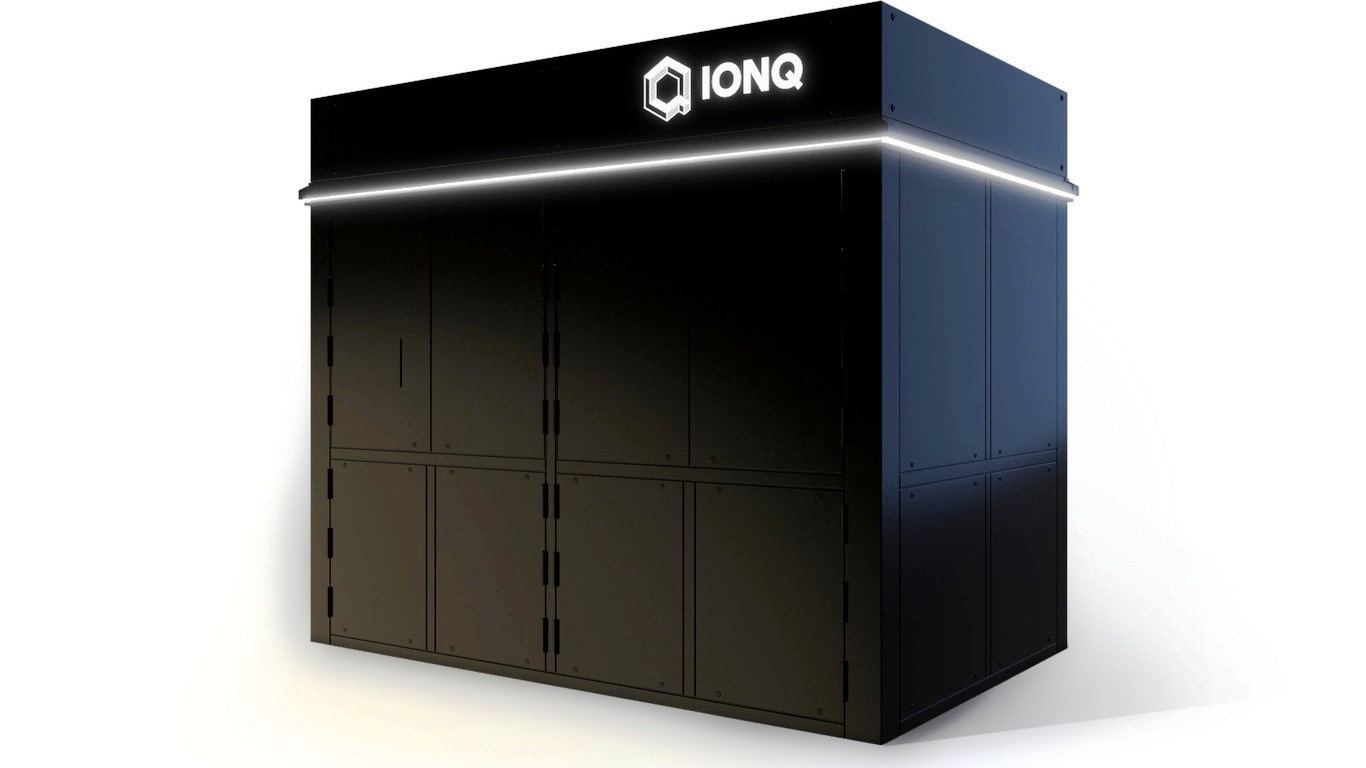
Since coming public in May 2015, Ontario, Canada-based Shopify Inc. (NYSE: SHOP) has seen its share price increase by nearly 1,800%. At a recent closing price of around $520 a share, the company’s market cap had reached $59 billion.
The company’s e-commerce platform is aimed at small and medium-sized businesses, with or without a brick-and-mortar presence, that need a one-stop shop to build a full-service web presence. Shopify’s customers are not just building a website, they’re building a digital business.
The company’s platform supplies software tools and hardware for shoppers in physical stores, along with a fulfillment network that many small businesses could not support on their own. Shopify also allows clients to offer and track free shipping, offer discount codes and set up several online stores at once.
Shopify’s platform also gives its customers the ability to target, place and track Facebook ads. While any size company can go directly to Facebook’s own ad services for the same thing, Shopify customers get the ad information right on the platform.
That integration with Facebook advertising reached a new level last week when Shopify announced that it was joining the Libra Association.
No, Libra Isn’t Dead
In case a refresher is needed: Libra is a proposed digital currency introduced in June 2018 by Facebook. The company also created the Libra Association to chart a digital course and to govern the network it runs on.
Visa, Mastercard and PayPal were among the heavyweights named as founding partners. Just over a year later, however, some of those heavyweight partners have pulled out, giving the impression that Libra may be on its deathbed.
In its announcement that it was joining the Libra Association, Shopify made the point that e-commerce only seems “borderless.” The reality is somewhat different: “Much of the world’s financial infrastructure was not built to handle the scale and needs of internet commerce.”
The Libra Association fits the bill. According to Shopify: “As a member of the Libra Association, we will work collectively to build a payment network that makes money easier to access and supports merchants and consumers everywhere.”
Does Libra Offer What Shopify Wants
Shopify claims more than a million customers worldwide. To maintain (and grow) its share price, the company needs to continue expanding. Making the exchange of money for goods more transparent, easier and more secure gives Shopify an even greater appeal to small businesses wanting to expand their markets.
The company already offers a Shopify Payments product that now includes 15 countries. If a global accepted digital currency were available, Shopify would be able to offer its customers worldwide payments through a single product rather than having to modify the payment for each country.
Last June, the International Monetary Fund (IMF) released the results of a survey. It was based on responses from the central banks, finance ministries and other agencies of 96 countries on fintech and emerging digital currencies. The IMF noted that about 20% of respondents are examining the possibility of issuing a digital currency. One such effort is the Utility Settlement Coin, launched by London-based Fnality International.
What Shopify gains from a trusted digital payment system is the elimination of a formidable barrier to wider adoption of its platform by its target markets. Among the most obvious are the transaction fees imposed by credit card issuers. Shopify could cut those fees by more than half and still realize a tiny profit on each transaction. Millions of Shopify customers making millions of transactions every day could add up quickly.
The Near-Term Outlook for Shopify
Following fourth-quarter results that absolutely smashed expectations, the share price has jumped by more than 30% so far in 2020.
Analysts noticed too. Higher price targets were the order of the day, with ratings mostly being left as they were. Following an 8% jump after Shopify reported quarterly earnings, Credit Suisse lowered its rating from Outperform to Neutral while raising its price target from $450 to $575.
Wedbush maintained its Neutral rating, but it did raise its price target from $325 to $475. Wells Fargo reiterated its Overweight rating and raised its $400 price target to $600.
Since reaching an all-high of more than $593 earlier in February, shares have been drifting down and traded below $500 early on February 24. The S&P 500 index was down about 80 points (2.4%) and the Dow Jones industrials were down more than 700 points (2.5%). This as concerns about the spread of the coronavirus mount because of the rising number of reported cases in Italy, Iran and South Korea.
It may seem that an e-commerce company might be immune from the worst effects of a coronavirus epidemic. Yet, at both ends of the value chain is a physical product that must be picked, packed, shipped and delivered. In areas where strict quarantines are in effect, ordering an online product is no guarantee of delivery.
The impact of the outbreak is virtually certain to be temporary. That does not necessarily imply that its duration will be short, however.
Thank you for reading! Have some feedback for us?
Contact the 24/7 Wall St. editorial team.
 24/7 Wall St.
24/7 Wall St.



